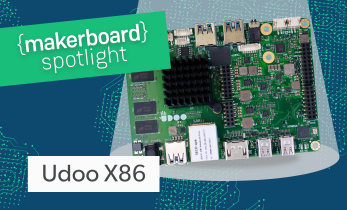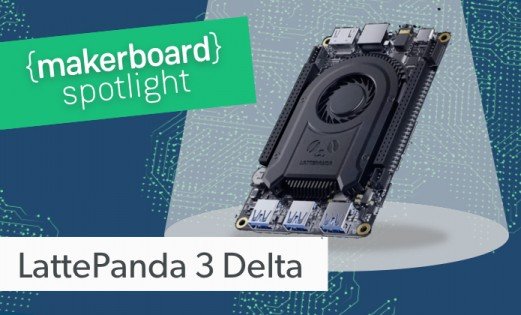Maker Board Monday - UP Xtreme Board Specs and More
Most single-board computers (SBCs) aim to bring something similar to the table. Some kind of hardware interface for physical computing and a system with most, if not all, the features of a full-sized computer. This footprint is everywhere, from the very first iteration of the Raspberry Pi right to the current crop of super-powerful ARM-powered artificial intelligence (AI) boards like the NVidia Jetson Xavier NX. For all the power and extensibility of SBCs, some projects demand more. If you find yourself hitting the limits of standard SBCs, need more options for I/O, or just need an SBC that will comfortably do anything you can throw at it, the Up Xtreme board might be just what you are looking for.
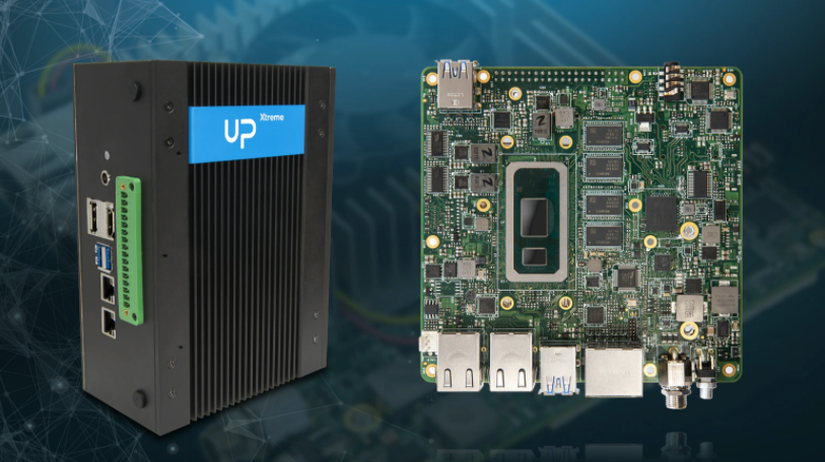
Powered by Intel's Whiskey Lake processor series, the Up Xtreme is an x86 small-form-factor board aimed at embedded artificial intelligence and robotics applications. Designed for use with Intel's OpenVino toolchain, it comes stocked with every kind of input/output (I/O) imaginable, along with easy options to expand its AI capabilities with up to 6x Intel® Movidius™ Myriad X VPU modules.
Add to this a 40-pin Raspberry Pi style GPIO (general purpose input/output) header and an embedded STM32 microcontroller with a separate header, along with dual M.2 expansion slots and you're beginning to get the picture. This board offers everything but the kitchen sink – with handy kitchen sink compatible expansion slots just in case you change your mind.
With a starting price of $299 USD for the Intel Celeron equipped version with 4GB of RAM, ranging up to the $999 USD Intel Core i7 8665UE with 16GB, it's certainly a lot more expensive than most other SBCs, even factoring in the 64GB onboard eMMC storage.
If this board is what you are looking for, it's a premium you are likely willing to pay.
Buy Intel Celeron UP Xtreme Board from Mouser
Buy UP Xtreme i7-8665UE from Mouser
Buy UP Xtreme i7-8565U from Mouser
Buy UP Xtreme i5-8365UE from Mouser
Buy UP Xtreme i3-8145UE from Mouser
Who is the Up Xtreme Designed For?
While the Kickstarter campaign for the Up Xtreme (a collaboration between AAEON and UP board) was welcoming to all, it's clear that this board is aimed at industry professionals working in artificial intelligence and roboticists looking for a powerful all-in-one solution.
While anyone could get this board up and running out-of-the-box fairly easily (although it doesn't come pre-flashed with an operating system), it's clear from the few things that are missing that it's designed to fit the needs of specific development environments.
Need 4 x USB 3.1 ports built into the board? Sure, no problem. A variable power input ranging a jaw-dropping 12-60v? Yeah, easy. Wi-Fi? Nope, sorry, that's what the M.2 expansion port is for.
This, plus the addition of the STM32 – an industry-standard in fast and reliable MCUs – point at this being a board aimed at industry professionals. That's not going to put some of us off, but it is a good indication that this probably isn't a good board for beginners.
Should You Get The Up Xtreme?
We'll go through the specs of the Up Xtreme soon, but now, should you buy an Up Xtreme?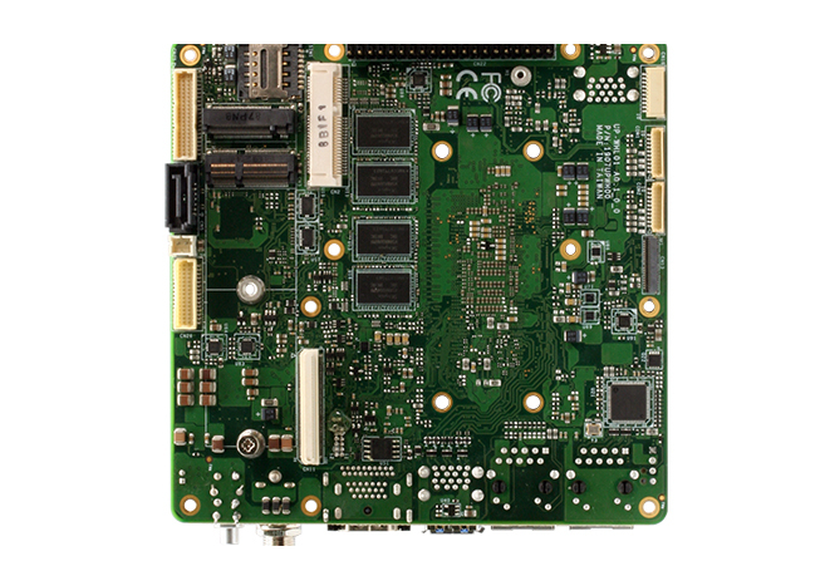
If you've read this far and not made up your mind, then probably not. This is an astounding single board computer. Not just one of the most powerful, but one of the most extensible and well thought out SBCs on the market. Equally comfortable as the brain of an AI-enabled robot as an embedded kiosk in high usage and high demand environments. The attention to detail shows throughout the design, and it's rare to find something that seems so coherent and focused on delivery over being flashy.
This isn't hyperbole, it's objectively one of the best SBCs available. It's also almost certainly overkill for all but the most dedicated and technical of hobbyists. The top-spec Up Xtreme costs more than most desktop computers.
When you compare the $299 USD price tag for the lowest specced Up Xtreme with almost any other SBC on the market, you begin to see the issue. Like many others, I justify my collection based on what I absolutely need, and what I want that's cheap enough to splurge on regardless of function. I would love one of these computers. I just don't need one.
Up Xtreme: The Specs
- Intel® 8th generation Core™ i7-8665UE*/Core i5-8365UE*/i3-8145UE/Celeron-4305UE
- Onboard 4/8/16 GB DDR4
- 4 x USB 3.1
- 1 x USB 2.0 on pin-header
- 2x RS-232/485/422, 1x RS232 (TTL)
- 1 x SATA
- 1 x M.2 2230 E-Key for Wireless Communication
- 1 x M.2 2280 B/M Key for high-speed SSD of High-Density Deep Learning Accelerators ( UP AI Core X family powered by Intel Movidius Myriad X )
- 1 x mPCIe for 4G Communication, High-Density Deep Learning Accelerators ( UP AI Core X family powered by Intel Movidius Myriad X ) or any other mPCIe expansions
- 1 x 40-pin I/O Expansion powered by Intel Altera MAX 5 with the same pinout of UP Board and UP Squared to guarantee compatibility with all the expansions
- 1 x 100-pin high-speed bus with multiple PCI-e lines for NET Plus Expansion ( 4x Gbit LAN Intel 211/210 ) or UP AI Vision Plus X ( 3 x Myriad X )
- 2 x Gigabit LAN with Intel i219 and Intel i210 (TSN)
- STM 32 onboard for real-time control
- HMDI 2.0 with 4K support and DP with 4K support
- eDP with 4K support
- Analog Audio In/Out with ACL887
- DC In 12-60 V
- Dimensions : 120 mm x 122mm
- Operation temperature: 0-50 Celsius (°C)
- Compatible with UP Xtreme fanless chassis (132mm x 190mm x76.6mm) to operate at -20-60 Celsius (°C)
Up Xtreme: Extremely Promising
Even at its most basic, the Up Xtreme is impressive. There are other x64 Intel SBCs around, but the promise of a Whisky Lake series CPU with up to 16GB single line RAM and a 40-pin GPIO is already a lot of grunt for any project.
You can run the Xtreme as a fanless, silent stealth machine, or attach the custom fan and beefy heatsink to run it at breakneck speeds. When I say speeds, I'm not even talking speeds for an SBC. The 4.4GHz max output of the top-priced Up Xtreme outstrips my desktop computer. Then again, it should – it costs equally as much as my whole rig. So perhaps at these prices, you should expect power. What is it about the Up Xtreme that confounds expectations?
Connected Every Which Way![Up Xtreme has an array of connection options]()
Most SBCs have a USB 3 port and Gigabit Ethernet, but it's rare to find 4 x 3.1 USB ports and 2 x Gigabit Ethernet connectors. HDMI is fairly standard, concurrent HDMI and DisplayPort (with headers for an eDP screen running via DisplayPort) in a small footprint are far from average, but very cool.
Things get even more impressive when you factor in the hardware I/O. Most SBCs have built-in 40-pin GPIO headers, and it's easy to forget just how powerful they are. Anything that has ever been done on a Pi can be done here faster. The addition of an STM32F103C8T6 chip with a further 40 pins available via a compound breakout header is even more impressive.
The STM32 chip series is ubiquitous in embedded hardware. You have more than one in your house. You use them every day in smart devices and public access points. Including it as an integrated component in the Up Xtreme board brings together the very highest level of small form factor computing, and high level embedded MCU programming into one place.
It's hard to imagine anyone needing both sets of headers, but then again, this board isn't aimed at me. It's aimed at the people working at the very forefront of development, people with particular needs. Luckily, Up has come up with an excellent and compact way to give them the options they need.
M.2 All The Things

M.2 connectors add a variety of expansion possibilities to a system. The Up Xtreme has one port designed for B/M-key edge connectors, and one for E-key. The latter specializes in wireless communication, and this is where you'd expand with Wi-Fi and Bluetooth capability if needed. Up already provide an incredible array of compatible expansion boards, including 4x LAN extenders, and a 10gx FPGA add on. Naturally, any Raspberry Pi HAT will be compatible with the 40 pin GPIO too.
B/M-key expansion slots are capable of supporting any mPCIe expansion card. Both sets of M.2 slots are here specifically to work with Intel Movidius Myriad X VPU expansion boards, the addition of which pushes this SBC way beyond just a powerful computer into an artificial intelligence powerhouse.
Artificial Intelligence: The Essential Modern Ingredient

AI has truly taken over consumer and industrial electronics. From hyper-efficient neural networks designed to run on MCUs right up to the super AI's parsing as much of the internet as they can gather per microsecond, it's shaping technology continuously.
It's no surprise that despite the incredible range of uses, AI dominates the literature surrounding the Up Xtreme. It's certainly not an afterthought, as the way they've implemented AI expansion is impressive. Up offer a series of 3 AI expansion boards, all based around the Myriad X VPU. Rather than having swappable boards, each using the same ports, they each require a different form of connection. In short, if you need all the AI power you can get, you can attach up to 6 Myriad X VPUs at once. One via the GPIO pins, Two via the first M.2 connector, and a further three via the second.
Still More To Offer
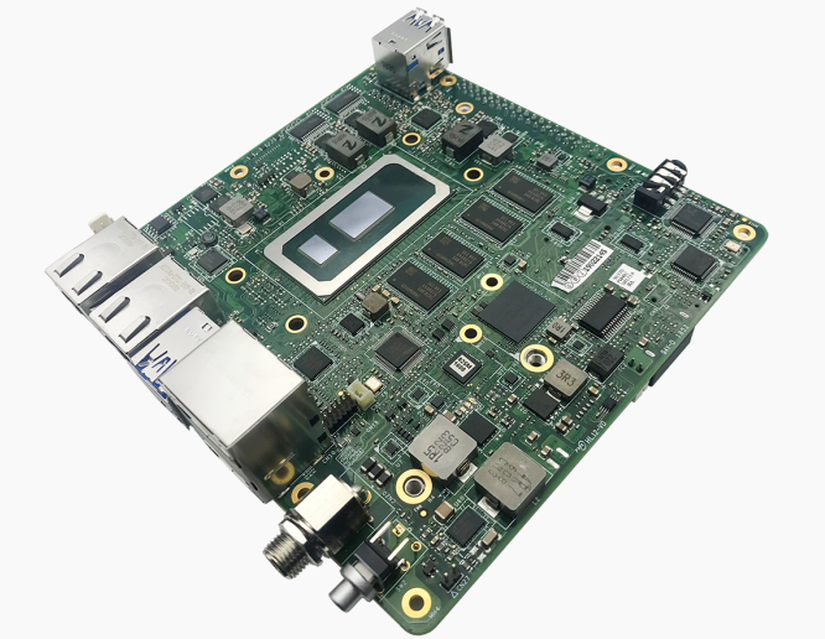
The impressive stats are backed up with many options for operating systems, from Linux, to Windows 10, and even custom project-specific distributions from the Yocto Project. Each operating system choice comes with 64-bit drivers to get the most out of the board's components. The Up Xtreme is going to be tough to beat as an industry and commercial use machine. Whether it's looking out on the world as part of an AI-enabled robot, or you are looking at it through a backlit eDP display, it's ideally designed to fit everywhere. It's unlikely you or I will need something quite as extreme as the Up Xtreme, but if you've got the money to spare, you aren't going to find a more compelling SBC currently.


































